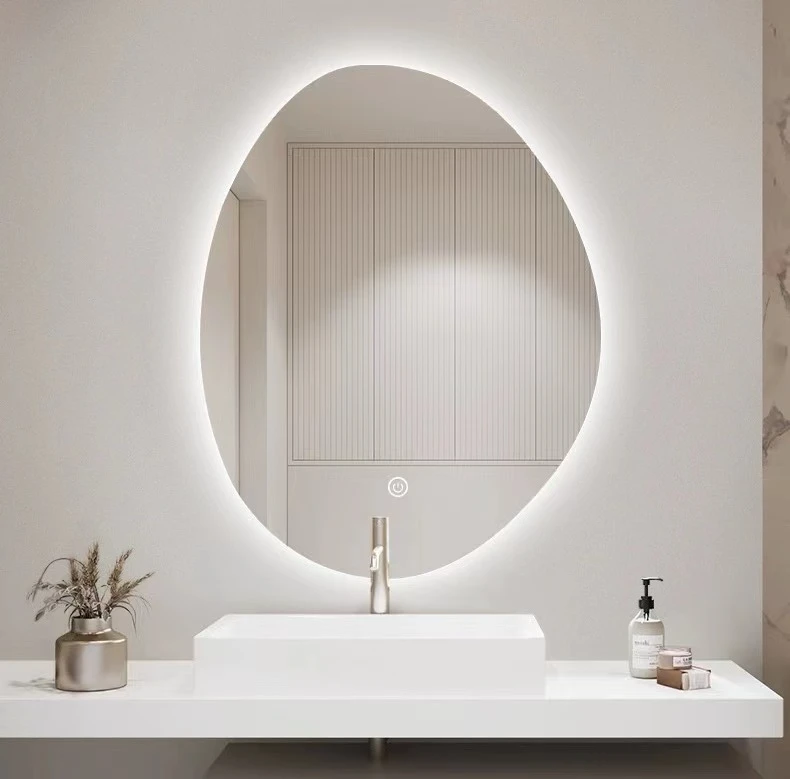

Embracing Modern Frosted Glass The Aesthetic and Functional Marvel
In recent years, modern design has embraced materials that blend functionality with beauty, and one standout among these is frosted glass. This versatile element has become a staple in contemporary architecture and interior design, offering both privacy and elegance. From residential homes to commercial spaces, frosted glass plays a pivotal role in shaping environments that are not only attractive but also practical.
Frosted glass, created by sandblasting or acid etching clear glass, diffuses light while maintaining a level of obscurity. This unique quality makes it an ideal choice for various applications. For instance, in bathrooms, frosted glass can replace traditional opaque materials, allowing natural light to fill the space while preserving privacy. The ethereal glow that emanates from this type of glass creates a serene atmosphere, turning everyday routines into luxurious experiences.
In office environments, modern frosted glass has revolutionized workspace design. Many companies are opting for frosted glass partitions instead of solid walls. This trend enhances the open-concept design, fostering collaboration and communication among employees while still providing necessary privacy for meetings and focused work. The use of frosted glass in conference rooms conveys a sense of professionalism and sophistication, reinforcing the company’s image to clients and visitors.
The aesthetic appeal of frosted glass is undeniable. Its soft, diffused appearance contributes to a tranquil ambiance, making it a popular choice for minimalist and Scandinavian design styles. Moreover, it can be seamlessly integrated with various materials, such as wood, metal, and stone, creating a harmonious balance in any setting. Whether as sliding doors, windows, or decorative panels, frosted glass adds a touch of elegance and modernity.

Beyond its visual qualities, frosted glass is also a functional material that offers practical benefits. It is relatively easy to maintain, resistant to stains, and can withstand different weather conditions, making it suitable for both indoor and outdoor use. Additionally, frosted glass can contribute to energy efficiency by allowing sunlight while reducing glare and UV exposure.
In residential design, frosted glass is frequently used in kitchen cabinets, allowing homeowners to display their dishware and decorative items in a stylish yet concealed manner. It acts as a perfect balance between openness and subtlety, allowing the beauty of the items to shine through without cluttering the overall aesthetic.
The innovative use of frosted glass extends to lighting fixtures as well. Pendant lights and lamps featuring frosted glass shades provide a warm, diffused light that enhances the atmosphere of any room. This functional art not only illuminates spaces effectively but also serves as a striking design element, drawing the eye and complementing the décor.
In conclusion, modern frosted glass is more than just a design trend; it represents a fusion of form and function. Its ability to enhance privacy, diffuse light, and contribute to a calming aesthetic makes it a preferred choice in both residential and commercial design. As we continue to explore the possibilities of this intriguing material, it becomes clear that frosted glass will remain a fundamental component in creating stylish, modern spaces that are both inviting and efficient. Whether used in large architectural projects or small interior details, frosted glass illuminates our world—one soft glow at a time.